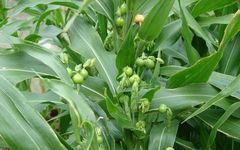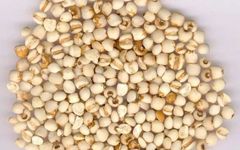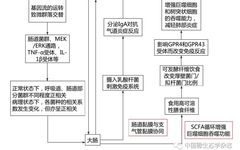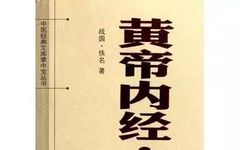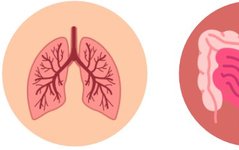Comprehensive Guide to Folk Remedies (Pill Formulations)
Please click above Main Indications for Internal Medicine Conditions 1. Cough and Asthma 1. Bai Ji Ke Chuan Wan (Bai Ji Cough and Asthma Pill) – Ingredients: Bai Ji (90g), Bai Bu (90g), Chao Xing Ren (120g), He Tao (13 pieces, shelled), Honey (appropriate amount). Grind the first four ingredients into a fine powder, mix … Read more


